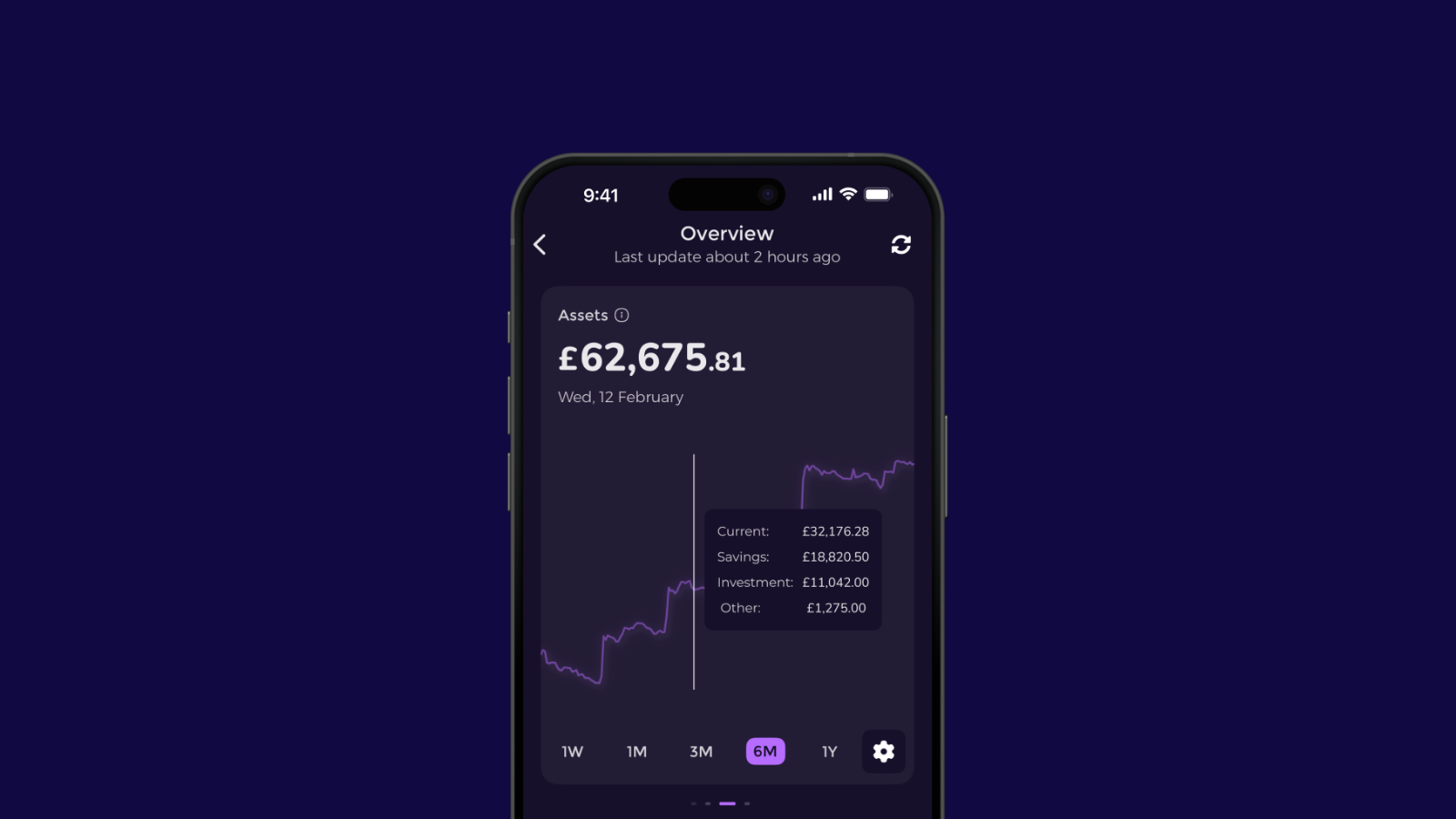FEATURED ARTICLE
The 50/20/30 Philosophy: How To Budget Like A Pro

Edouard Daunizeau
December 10, 2019 •5 min read
TABLE OF CONTENTS
What Is Meant By 50/20/30?
50%: Needs And Necessities
30%: Wants And Indulgences
20%: Savings And Reserves
An Example Of A 50/20/30 Budget
The Wrap Up
Elizabeth Warren first popularized the “50/20/30 budget” in her book All Your Worth: The Ultimate Lifetime Money Plan.
Elizabeth is a U.S. Senator from Massachusetts who has focused on consumer protection, economic opportunity, and social safety net while in the American Senate.
She was a former Harvard professor specializing in bankruptcy law and was named by Time Magazine as one of the 100 Most Influential People in the World.
So, I guess you could say she probably knows what she’s talking about.
And what is the 50/20/30 budgeting philosophy that she developed?
Read on to find out.
What Is Meant By 50/20/30?
It’s a pretty basic concept.
Add up what your wage is after-tax per month, then divide it 3 ways.
50% on needs like groceries, housing, utilities, health insurance, car payments, or any debts you may already have. 20% on savings for budgeting towards an emergency or retirement fund. And 30% can be spent on wants like shopping, dining out, or any hobbies you may have.
Let’s break these down a little further.
50%: Needs And Necessities
Needs are those pesky bills you just can’t get away with not paying and aspects of your life that are necessary for survival. This may include rent or mortgage payments, car payment, student loans, insurance premiums, health care, debt repayments, utilities, and groceries.
These are “absolutes” or “must-haves” including any obligatory or contractual aspects of your budget like debts or bills. Needs certainly don’t include wants like Netflix, Spotify, or takeaway coffee.
According to the 50/20/30 philosophy, half of your after-tax income should be enough to cover these expenses.
And what if you’re spending more than this amount on your needs?
It’s time to take a look at your budget and either cut down on your wants or consider downsizing your lifestyle. Perhaps this means finding a smaller rental, trading in your fuel-hungry car for a more economical one, or paying more attention to ways you can save money on your utility bills.
30%: Wants And Indulgences
The 50/20/30 philosophy defines wants as the aspects of your lifestyle you spend money on that aren’t absolutely essential or imperative. This might include activities like going out for breakfast in a cafe or going to the movies. You might also want to indulge yourself by buying a new handbag or video game, perhaps an overseas vacation, a trip to a local spa, or even super-duper high-speed internet.
This portion of your budget also includes any “upgrades” you may spoil yourself with, such as a costlier seafood platter instead of a less expensive meal of sushi, an inexpensive overseas trip to Bali rather than a holiday away somewhere locally or choosing to drive a fuel-guzzling four-wheel drive instead of a small economical diesel-powered hatchback.
Any of these things are categorized as wants, they aren’t really necessary but when it comes down to it you like to spend your money on these things because you worked hard and want to treat yourself.
And there’s absolutely nothing wrong with that, although, it is easy to spend more money on these wants than you think. It’s therefore really important to take careful note of your spending habits and keep right on top of this area of your budget, as it’s often the area most people have trouble reining in.
20%: Savings And Reserves
And last, but probably most importantly, your monthly budget allocation should go towards some form of savings and investments. This may involve putting some money away towards an emergency fund in a bank savings account, retirement fund contributions, or investing in property or the stock market.
A good place to start when making saving strategies is to ensure you have 3 months of emergency savings on hand, just in case the unexpected happens. You might lose your job, get injured or be unable to work. Or perhaps a loved one that is close to you passes away.
Any of these scenarios are, unfortunately, likely to affect us at some stage throughout our lives. Therefore, it’s a great idea to have this surplus on hand just in case.
Once you have a 3-month buffer up your sleeve than it may be time to focus on putting your savings into your retirement or maybe into other investments that have a good chance of bringing in a return sometime down the road.
Savings may also be allocated towards debt repayments.
While minimum repayments towards your loans fall under the “needs” category, any extra repayments you decide to make can be viewed as savings. They will reduce any future interest or principle you are likely to have to pay off further down the track. Paying off any debt you may have earlier is saving you money in the long run.
An Example Of A 50/20/30 Budget
Let’s just say your after-tax monthly income is around £2,600. Using the 50/30/20 philosophy, you can’t afford to spend any more than £1,300 on your needs per month.
That means that taking on monthly home loan repayments or rental costs of anything around £1,100 would make it very hard to meet any further monthly utilities, insurance premiums, car payments, credit card payments, and any other necessities that total any more than £200.
If you find yourself in a situation where you are already spending this amount or more than it wouldn’t be a bad idea to consider refinancing your loan to save any money you can.
Or, perhaps downsizing to a smaller rental or moving somewhere that isn’t so expensive to live when your lease expires is a strategy you can use also.
The next portion of your budget is your “wants”. Working from you £2,600 after-tax income, your “wants”, the 30%, would equate to £780. This may sound like a lot to you or it may sound like nowhere near enough.
If you’re thinking there is no way I’d spend that much money on shopping and eating out, then great! Tack it onto your savings or leave a little more for your “needs”.
And if it doesn’t sound like enough, perhaps it’s time to take a good look over your indulgences and make a few adjustments to bring your costs down so you can save more money.
Now, the last portion of your budget goes to your savings, 20% of your £2,600 after-tax income, making it £520.
Whack this amount into a savings account, put it aside for an emergency fund, invest it where you feel it is best invested, pay down your debt, or put it aside for retirement.
The Wrap Up
You should know have enough knowledge to start planning for your 50/20/30 budget like a pro.
But do you know what would make your 50/30/20 budget even easier?
Emma is a budgeting app that will make allocating money to different spending buckets as easy as it possibly can be.
At Emma we firmly believes that anyone can make any budget work no matter how much or little their monthly wages are.
Emma will help you avoid any pesky and unnecessary banking fees, she will make sure you are the first to know about areas of your budget you can improve, and will assist you in taking back control over your finances so you can appropriately allocate money towards your 50/30/20 budget.
You can download Emma on both the App Store and Google Play Store.
You may also like
Check out these related blog posts for more tips
© 2025 Emma Technologies Ltd. All Rights Reserved.
Emma is registered and incorporated in England and Wales.
Emma Technologies Ltd is an appointed representative of RiskSave Technologies Ltd, which is authorised and regulated by the Financial Conduct Authority (FRN 775330).
Payment services (Non MIFID or Deposit related products) for Emma Technologies Ltd are provided by The Currency Cloud Limited. Registered in England No. 06323311. Registered Office: Stewardship Building 1st Floor, 12 Steward Street London E1 6FQ. The Currency Cloud Limited is authorised by the Financial Conduct Authority under the Electronic Money Regulations 2011 for the issuing of electronic money (FRN: 900199). For more detail on how your money is protected please see here. You can also find Currency Cloud's Terms of Use here.
Emma Technologies is an Introducer Appointed Representative of Quint Group Limited and not a lender. Quint Group Limited is authorised and regulated by the Financial Conduct Authority (Firm Reference Number 669450). Monevo Limited is an Appointed Representative of TransUnion International UK Limited. TransUnion is authorised and regulated by the Financial Conduct Authority (Firm Reference Number 737740). Emma Technologies introduces customers first to Quint Group Limited, as a licensed credit broker, who then refers on to Monevo Limited.
Emma is registered with the Financial Conduct Authority under the Payment Services Regulations 2017 for the provision of payment services.
Financial Conduct Authority Reg Nr: 794952.
Company Registration Number: 10578464.
Data Protection Registration Number: ZA241546.
All testimonials, reviews, opinions or case studies presented on our website may not be indicative of all customers. Results may vary and customers agree to proceed at their own risk.
Resources: Cancel subscriptions, Cashback offers, Who charged me, Rent Reporting, Budgeting, Investment universe, Emma vs Moneyhub.
Featured cashback offers: Samsung, SimplyCook, NordVPN, Audible, M&S Homeware.









